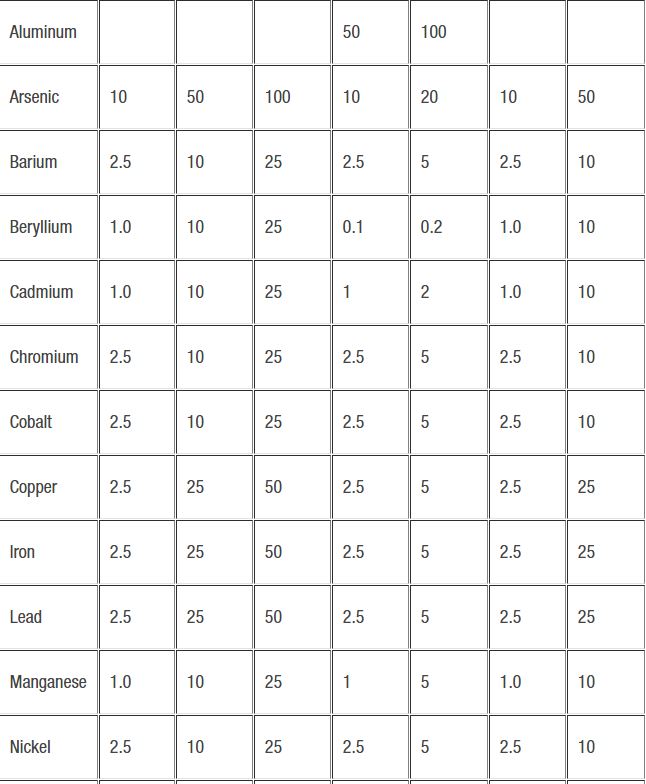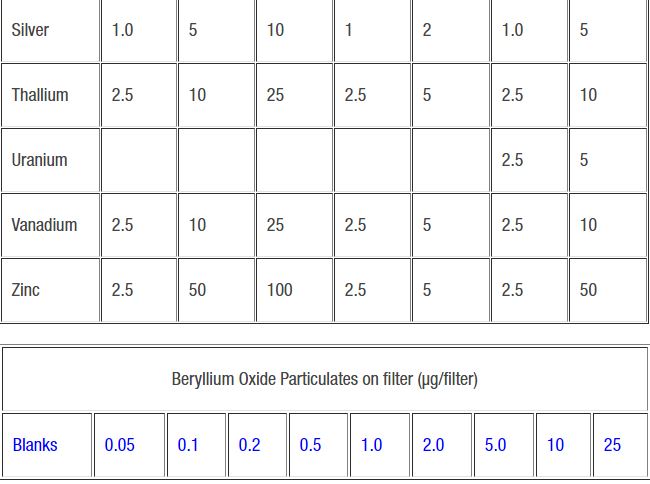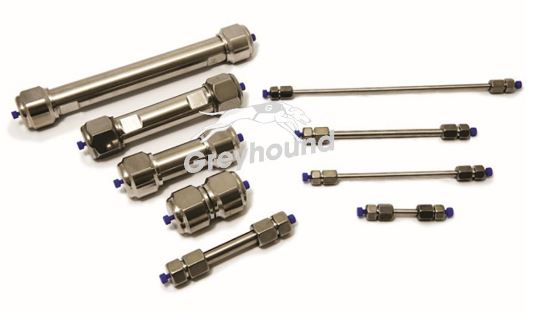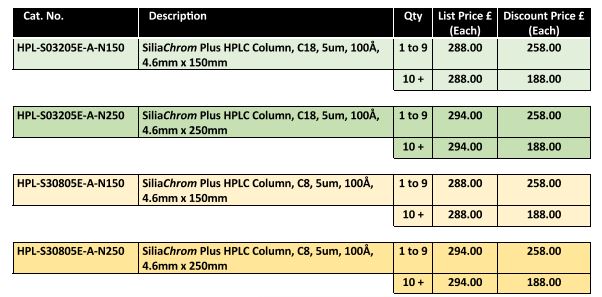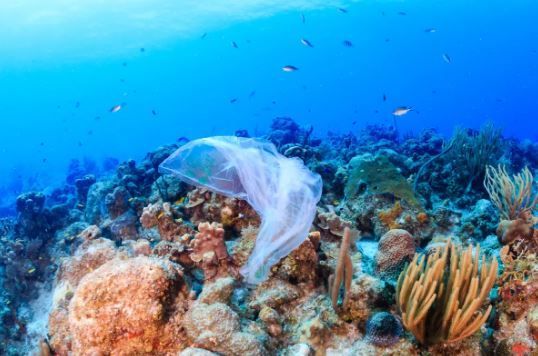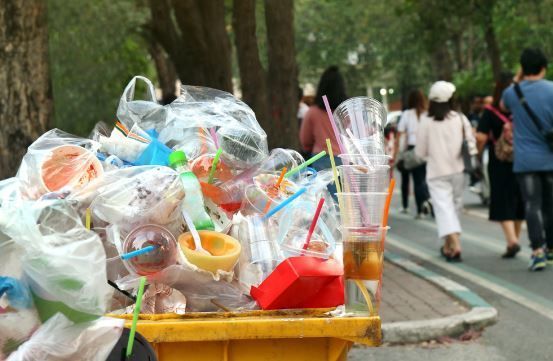
Industrial Hygiene Standards 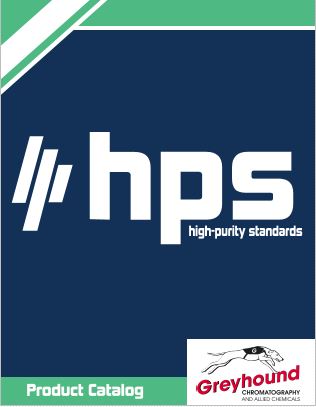
The new Hygiene Standards products address the need for quality control or method development for industrial hygiene analysis. These standards can be used with industrial hygiene methods including: NIOSH-7300 Series Methods, ASTM Standard D7035, ISO Standard 15202-1 and 15202-2, and CEN (EN) Standard 13890. All products are ISO Guide 34 certified reference materials.
You May also be interested In
Huge Savings off C8 and C18 SiliaChromPlus HPLC Columns
SiliaChrom Plus is the latest proprietary silica-based material for your more challenging separations requiring high column performance and resolution, enhanced chromatographic performance, lot-to-lot reproducibility and extended column lifetime.
The exceptional silica used in the SiliaChrom Plus HPLC Columns ensures their reliability, high performance and peak symmetry which is required by QA/QC laboratories.
SiliaChrom Plus HPLC Columns are one of the most popular ranges of robust HPLC columns in the world and are now available from Greyhound at an exceptionally low cost.
SiliaChrom Plus phases were designed to help you with your everyday analyses, requiring improved performance and resolution.
The perfectly controlled particle size, pore size and bonding coverage of these phases allow for better reproducibility and scalability of your methods.
All SiliaChrom Plus columns are available in 3, 5 & 10?m.
SiliaChrom Plus Family Main Characteristics
- Wide range of selectivities
- Ultra-pure metal-free silica (99.9999% purity)
- High column performance and resolution
- Enhanced batch-to-batch reproducibility
- Extended column lifetime
- Reduced silanol activity, better peak symmetry
- Extremely low bleeding for LC-MS applications
- Easy scale-up to preparative formats
Special prices are available with this unique offer or place a call-off order now, quoting the above promotion code SCY0219 and receive the same low prices until January 2020 !
SiliaChrom Plus C18, 150mm x 4.6mmID, 5µm, 100Å
SiliaChrom Plus C18, 250mm x 4.6mmID, 5µm, 100Å
SiliaChrom Plus C8, 150mm x 4.6mmID, 5µm, 100Å
SiliaChrom Plus C8, 250mm x 4.6mmID, 5µm, 100Å
For other HPLC Columns and accessories in the SiliaChrom range please view the website
or Download the Current Catalogue
CONTACT US
Tel: +44 (0) 151 649 4000
Email: marketing@greyhoundchrom.com
FOLLOW US
YOU MAY ALSO BE INTERESTED IN OUR NEWSLETTER
About The Author
Susan Massie, Sales & Marketing Director, Greyhound Chromatography and Allied Chemicals Email: sue@greyhoundchrom.com
Susan Massie is the Sales & Marketing Director for Greyhound Chromatography and Allied Chemicals, affectionately known as 'Greyhound' in our scientific community. Greyhound was founded by Susan's husband Paul Massie almost 40 years ago, Susan hasn't been in the business for all of that time but has been involved with Greyhound for over 17 years. Greyhound continues to grow, expanding into new markets and taking on the challenges of our ever changing environment. It's heartwarming to witness the world waking up to the fact that we are damaging our planet on a daily basis. Every action we take has a direct effect on our planet and the world we leave behind for future generations. Susan is passionate about climate change and is happy to work in an industry that can have a direct effect on reducing the impact of our actions on the environment. All of the team at Greyhound take our responsibilities very seriously, the products that we supply are used by the world's leading scientists and chemists as they endeavour to monitor and repair the environment. All is not lost, if we all take responsibility for our actions, from reducing our waste and reusing or recycling our material collateral we can make a difference. The internet is full of useful advice and guidance, Susan is proud to contribute to that wealth of knowledge whenever she can.
Greyhound prides itself on personal service which provides prompt, efficient, cost-effective, safe delivery of all products. Greyhound provides technical advice and distribution of Certified Reference Standards and Materials, Laboratory Consumables, Solvents and Reagents across all scientific disciplines. Greyhound Chromatography offers over 1 Million products from its UK warehouse. The team at Greyhound are proud to support the work of the world's leading scientists and chemists as they challenge the abuse of our planet and try to make a difference to the world we leave behind for our ancestors.
You can view Susan's Linked In Profile here https://www.linkedin.com/in/susan-massie-79ab4121/



